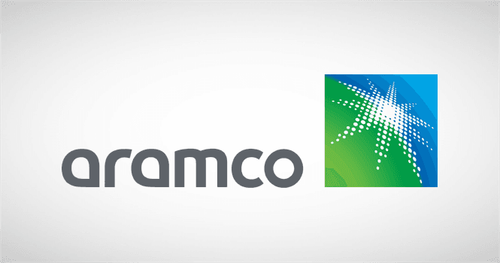Aramco Launches Saudi Arabia’s First CO2 Direct Air Capture Test Unit

April 2, 2025
BY Aramco
Advertisement
Advertisement
Related Stories
Seabound Launches World-First Onboard Marine Carbon Capture Project with Hartmann, InterMaritime, and Heidelberg Materials
Seabound, a UK-based leader in marine carbon capture, has launched a first-of-its-kind onboard carbon capture project in partnership with Hartmann Group ("Hartmann"), InterMaritime Group ("InterMaritime"), and Heidelberg Materials Northern Europe. The captured carbon, bound in limestone and safely stored onboard, will be offloaded at the Port of Brevik, Norway, for use at Heidelberg Materials’ Brevik cement plant.
Carbon Clean announced the official opening of its new Global Innovation Centre (GIC) in Navi Mumbai, India. The GIC will be one of the world’s largest dedicated carbon capture research facilities, spanning 77,121 square feet and housing two carbon capture plants alongside state-of-the-art laboratories for solvent development, analysis, and testing. It will serve as a hub for research, innovation, and technology demonstration.
Frontier has facilitated offtakes with Arbor, a Bioenergy with Carbon Capture and Storage (BECCS) company that uses waste biomass to create clean energy while removing CO2. These offtakes will enable the launch of Arbor’s first commercial facility and test the viability of a new, highly efficient BECCS approach for generating clean electricity and removing CO₂. The facility, located near Lake Charles, LA, is expected to become fully operational in 2028.
Sulzer has signed an agreement with KEZO, Zurich Oberland’s waste utilization service provider, to develop and deliver a licensed carbon capture solution for commercial validation at KEZO’s waste-to-energy plant in Hinwil. The goal is to assess integration feasibility with KEZO’s processes in preparation for its new municipal solid waste incineration plant planned for 2030.
Alberta’s government is investing $5 million from the industry-led TIER fund to help Deep Sky design, build and operate the world’s first direct air capture innovation and commercialization centre in Innisfail.





